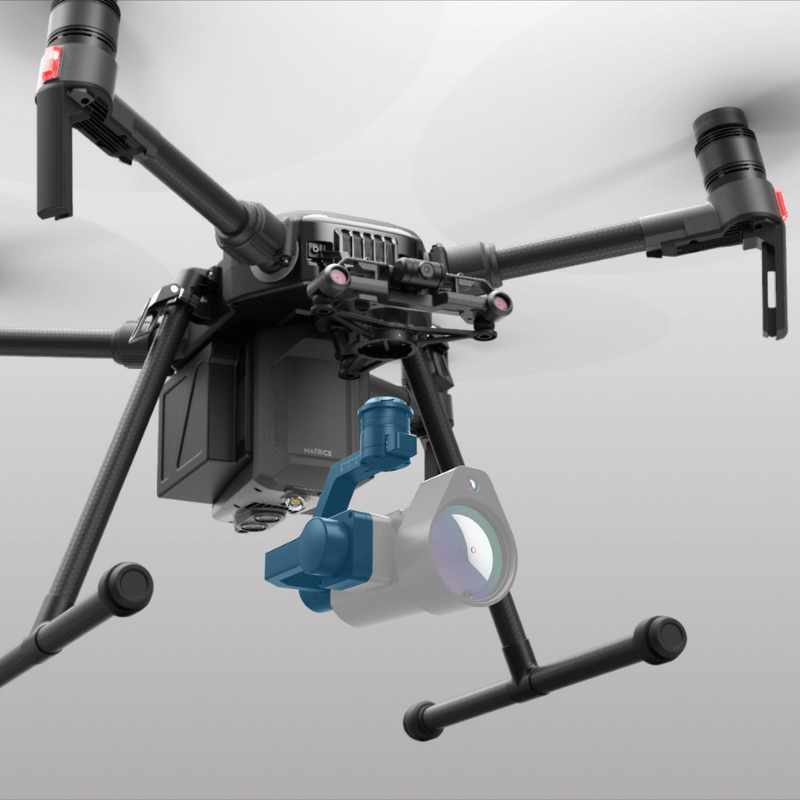
Products
DJI X-Port - Opening The Door To Fast Payload-to-Drone Integration
The DJI X-Port gimbal builds on the success of Payload SDK, offering fast payload-to-drone integration, cuts development time in half and will help bring new third-party sensors and cameras to the enterprise industry. ... Read More
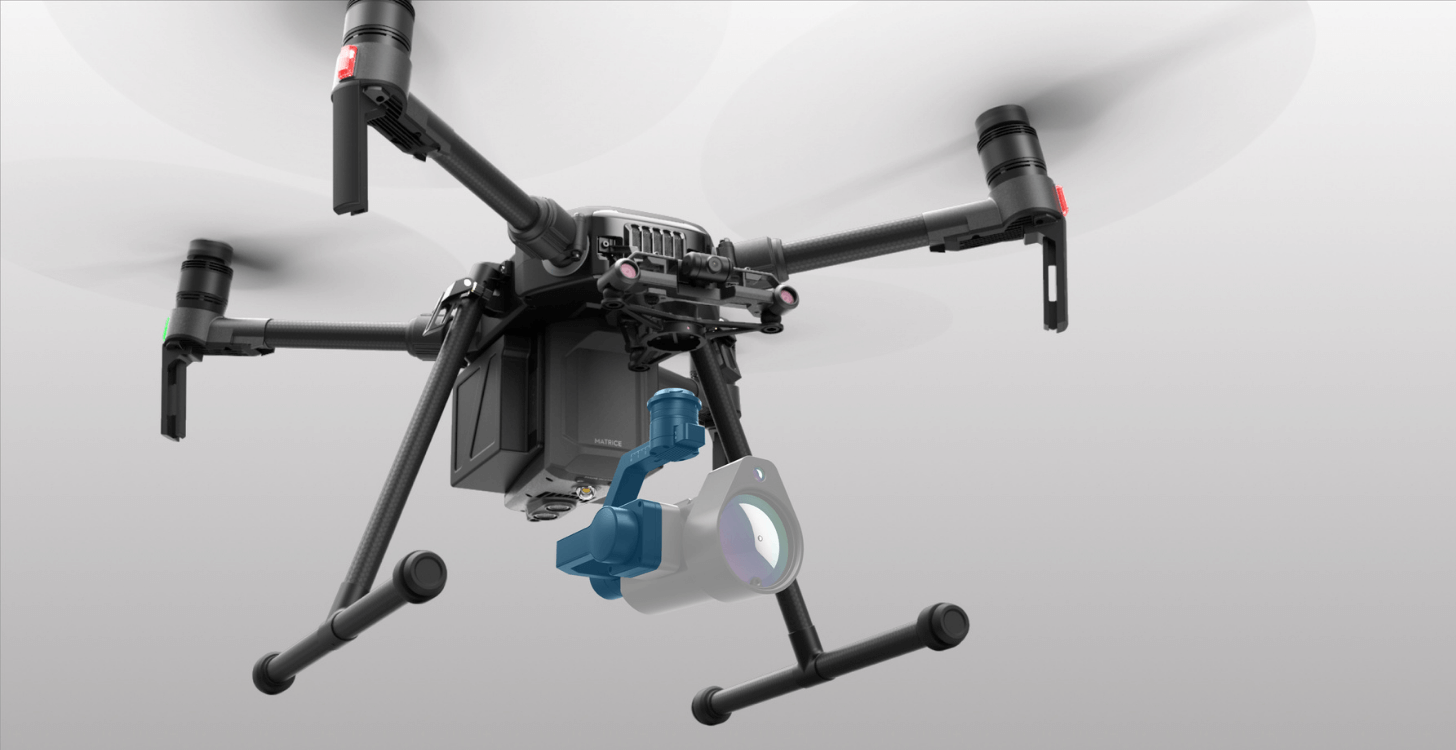
UPDATE (April 26, 2021): DJI X-Port is compatible with the DJI M300 RTK drone.
The ground-breaking DJI X-Port gimbal is a fast-track payload-to-drone integration solution which cuts development time in half and helps to bring new and creative sensors and cameras to the enterprise industry.
This universal gimbal can be quickly integrated with custom third-party sensors, such as multispectral cameras and LiDAR sensors.
I am very excited by what opportunities this presents to the eco-system.
Jan Gasparic, DJI
Gimbals are inherently difficult to create, design, and test, so through X-Port DJI is providing the tools to allow drone hardware producers to quickly bypass the costly and difficult stages of payload development.
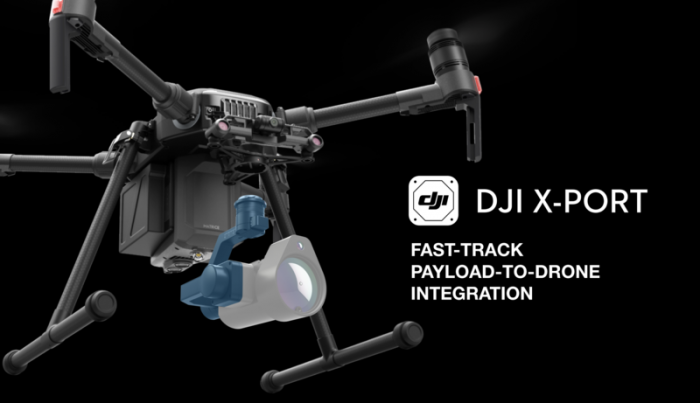
At AirWorks 2019, DJI's Director of Strategic Partnerships Jan Gasparic said that the DJI X-Port will greatly reduce payload development time and added: "This is a unique gimbal for Payload SDK programmes. I am very excited by what opportunities this presents to the eco-system."
What Is DJI X-Port?
DJI X-Port is a standard gimbal which features a gimbal debugging interface, built-in communication APIs and DJI SkyPort to help streamline the development cycle.
It enables drone hardware developers to quickly integrate their own custom sensors onto DJI enterprise drones.
Key features of DJI X-Port include:
High-precision 3-axis gimbal
Integrates all functions of PSDK 2.0
Customisable gimbal parameters
Supports Mounting in the Upward-facing Gimbal Slot
Customisable channels for remote controller buttons
Can be controlled directly through DJI Pilot app, MSDK and OSDK.
DJI X-Port is a major breakthrough for the enterprise drone industry, opening up huge possibilities for third-party payload integration to enhance UAS missions across a variety of sectors. The fact that it dramatically reduces development time is the icing on the cake.
Which Drones Are Compatible With DJI X-Port?
DJI X-Port is compatible with DJI's leading Matrice drones.
The compatible drones are:
The DJI Matrice 200 V1 Series will be adapted at a later stage.
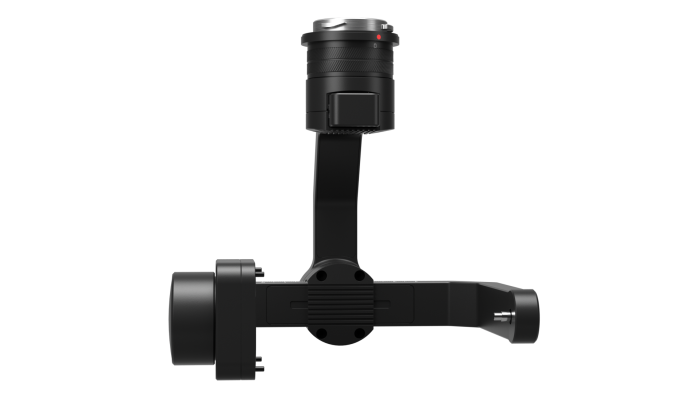
How Do I Access DJI X-Port?
DJI X-Port is specifically designed for developers who are looking to build their own sensors and mount them onto DJI drone platforms.
X-Port forms part of the Payload Software Development Kit (PSDK). To register, click the link here and then download the development package after undergoing the DJI audit process.
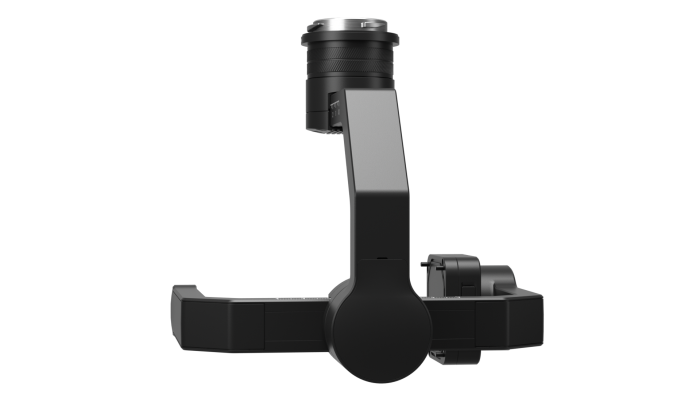
In terms of payment, the so-called development mode doesn't require a PSDK licensing fee. However, when you switch your payloads from development mode to production mode, you need to pay for the PSDK development kit licensing fee, which is $5,000 (£3,600). This fee only contains the licensing cost of the PSDK development kit.
So what is the difference between development and production mode?
Development Mode: Number of binding X-Port < 10.
Production Mode: Number of binding X-Port >= 10.
PSDK development kit authorisation is required when switching from development mode to production mode.
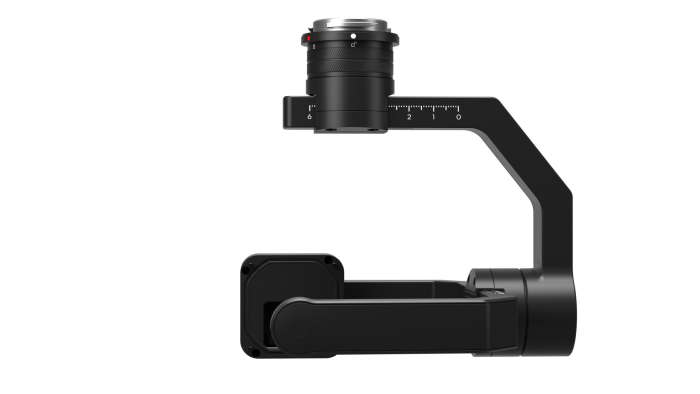
To do this, you will need to email the scanned copy of your company's business license and project information to dev@dji.com to apply for it. After paying the PSDK authorisation fee, you will switch from development mode to production mode.
Updating to SkyPort 2.0
Not only does the DJI X-Port feature a debugging interface, it also comes with DJI SkyPort - a standard adapter that secures and integrates a payload onto the drone, facilitating communications between these two systems.
As part of the X-Port release, there has been a SkyPort update.
This update to version 2.0 enables X-Port compatibility, as well as UX SDK Open Source, MSDK LDM Mode, FW upgrade support, and OSDK 3.9. The updated hardware with SkyPort 2.0 also enables faster data transmission speeds for payloads.
Building On Payload SDK
The DJI X-Port builds on the company's Payload SDK philosophy.
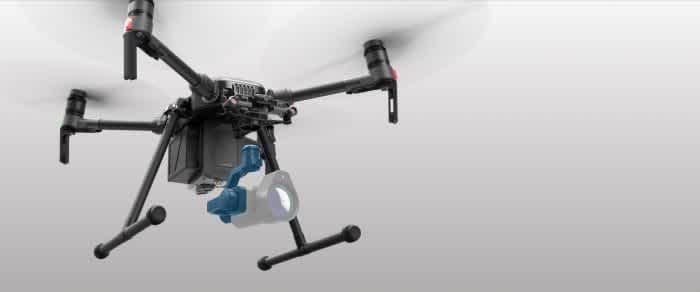
DJI Payload SDK is a transformational SDK that enables third-party manufacturers to develop application-specific payloads that can be integrated seamlessly with DJI flight platforms, which in turn helps to bring the enterprise drone business to new markets.
The development of Payload SDK has been a major success for the industry, and since its release in 2015 there has been more than 6.2million Mobile SDK activations.
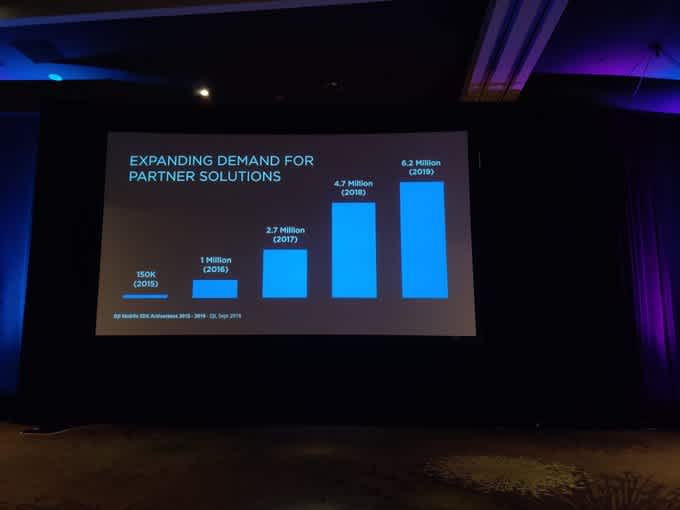
A slide at AirWorks 2019 showing increasing activation rates of Mobile SDK.
At AirWorks 2019, it was announced that there were more than 60,000 registered developers working on DJI SDKs and DJI had 110 payloads in development on the Payload SDK - 22 of which were already in mass production.
DJI said that these figures showed the number of third-party apps developed on Mobile SDK and Onboard SDK, and reflected the number of third-party solutions that have been built, installed, and integrated with DJI products.
Leading companies are bringing new solutions to the industry using the Payload SDK, including SlantRange and Sentera. Recently, the Wingsland Z15 Gimbal Spotlight and the AILF Instruments U10 UAV Based Laser Methane Leakage Detector were welcomed into the DJI Payload SDK family.
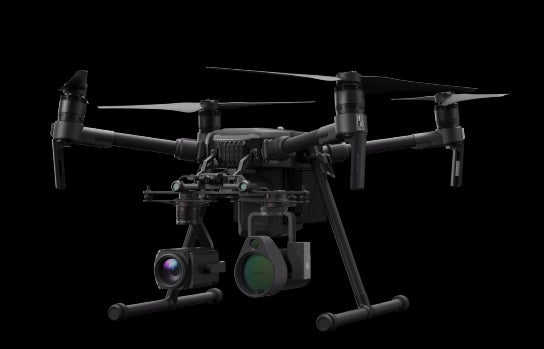
The U10 Methane Leakage Detector.
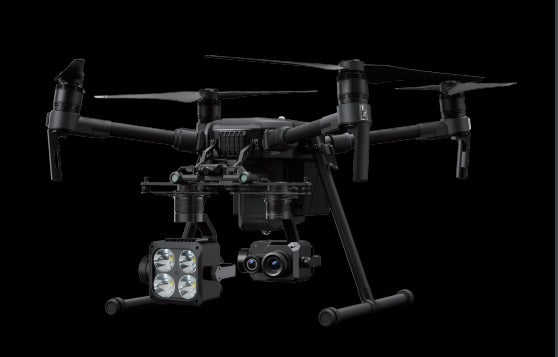
The Z15 Gimbal Spotlight.
Mr Gasparic said: "We have a large Payload SDK portfolio. Payload SDK is really important and it offers a unique opportunity for others to bring their creative solutions onto DJI platforms."
X-Port can be used in conjunction with MSDK and OSDK.
MSDK: The Mobile App which developed based on MSDK could control X-Port and the custom sensors based on X-Port.
OSDK: The Application which developed based on OSDK could control the drone, X-Port and the custom sensors based on X-Port.
DJI Pilot can also be used to display or control the payload.
DJI X-Port FAQs And Advice For Developers/Integrators
Does X-Port have specific size and weight requirements?
The load weight should not exceed 450g. The horizontal width should be no more than 100mm. The centre point of the mounting axis is the centre of the sphere, and the spherical surface with a diameter of 140mm is used. The rear half of the payload does not exceed the spherical surface.
What is the voltage provided by X-Port?
X-Port provides 13.6V or 17V voltage. Developers need to apply for high power output through GPIO and API interface.
What is the range of X-Port mechanical angle and controllable angle?
X-Port has three axes.
Mechanical angle rangeYaw: -320,320Roll:-90,60Pitch: -135,45
Controllable angle rangeYaw: -320,320Pitch: -120, 30
The Roll axis is uncontrollable and always level.
Does X-Port have specific requirements regarding the temperature of the working environment?
X-Port can only work in conditions ranging between -20°C to 50°C.
Is X-Port compatible with Mobile SDK?
X-Port is compatible with MSDK 4.11 beta and above versions.
Is the X-Port interface consistent with SkyPort?
X-Port adopts the interface of SkyPort 2.0, which is consistent with the SkyPort2.0 interface.
Does X-Port support the Gimbal follow function?
Yes.
Is X-Port compatible with all gimbal ports of the DJI M200 Series V2 and M300 RTK?
X-Port supports the right gimbal port or the upward gimbal port of DJI M200 Series V2 drones. If mounting X-Port on the left gimbal port, you must also mount a DJI payload on the right gimbal port or upward gimbal port.
There are no limitations on the DJI M300 RTK.
Do I get the certification from DJI when I start mass production?
No. DJI is not responsible for your payload even though it is developed based on DJI Payload SDK. DJI will only contact those developers who own good feedback from the market and excellent development capability for the brand authorisation certification issues as the commercial promotion.
